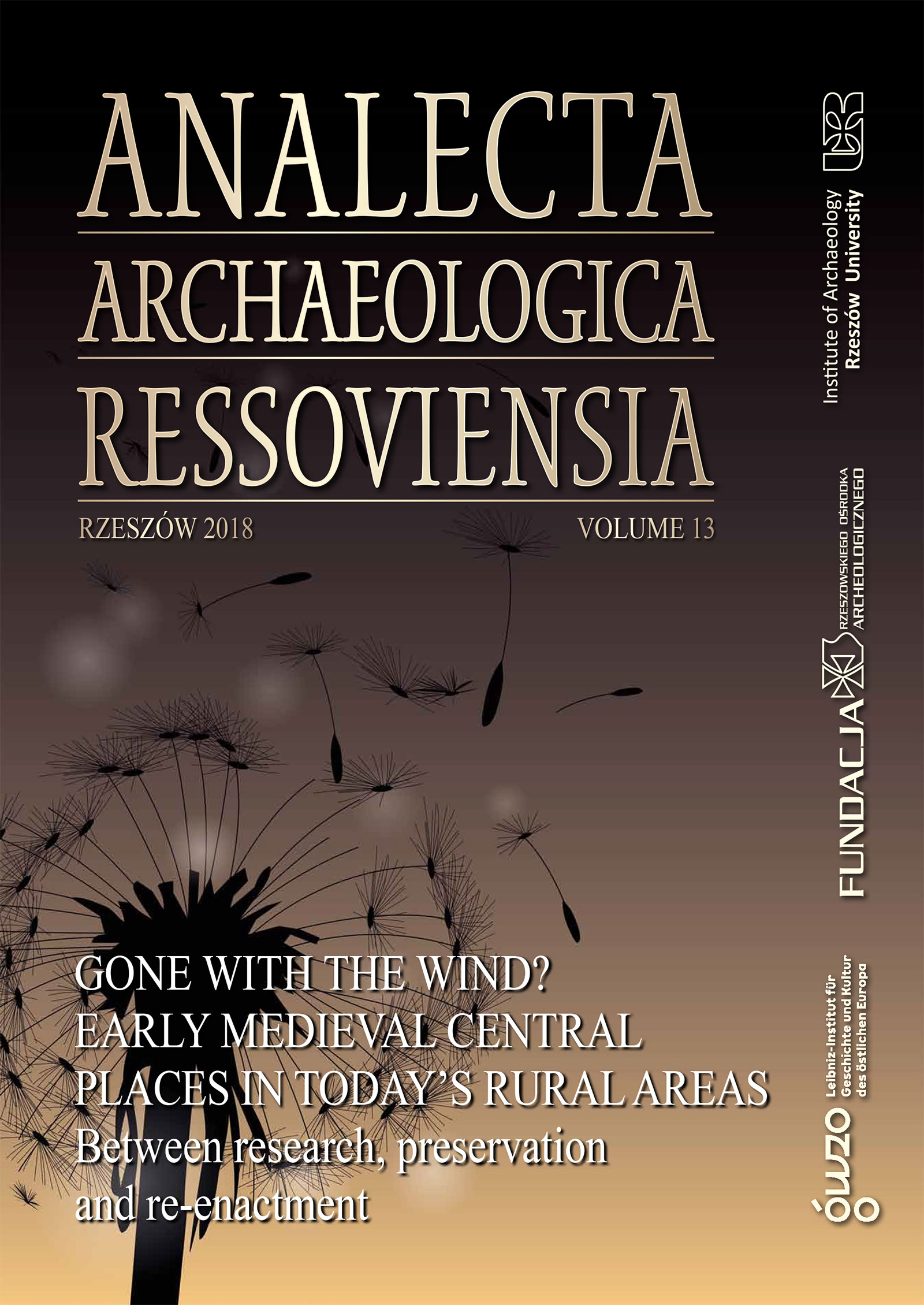UNESCO and World Heritage Management in Jelling – Opportunities and Challenges
DOI:
https://doi.org/10.15584/anarres.2018.13.12Słowa kluczowe:
Jelling Monuments, Viking Age, UNESCO, cultural heritage management, opportunities and challengesAbstrakt
Jelling has been on UNESCO’s list of World Heritage Sites since 1994. Jelling was the first site in Denmark on the prestigious list, which includes the most valuable parts of Nature and Cultural Heritage in the world. The Jelling Monuments are among the most stately and noble monuments in Denmark’s history. In 1994 they consisted of two huge burial mounds, two rune stones and a church situated between the burial mounds. Research excavations carried out between 2006 and 2013 revealed a huge palisade, which encircled the area – three houses of Trelleborg-type and the largest ship setting seen in the Nordic countries in the Viking Age. These new discoveries did not only revolutionise the interpretation of the site, but also led to a minor boundary modification of the original inscription in 2018. The Jelling Monuments are one of the most visited historical/archaeological sites in Denmark. Following the conference held in 2017 in Zamość, Poland, which concerned management of cultural heritage outside of major cultural centres, I would like to contribute to this topic with some examples, thoughts and challenges related to our work with the cultural heritage management in Jelling.

